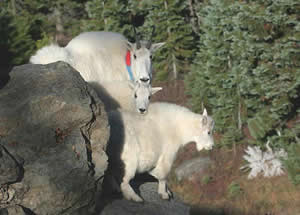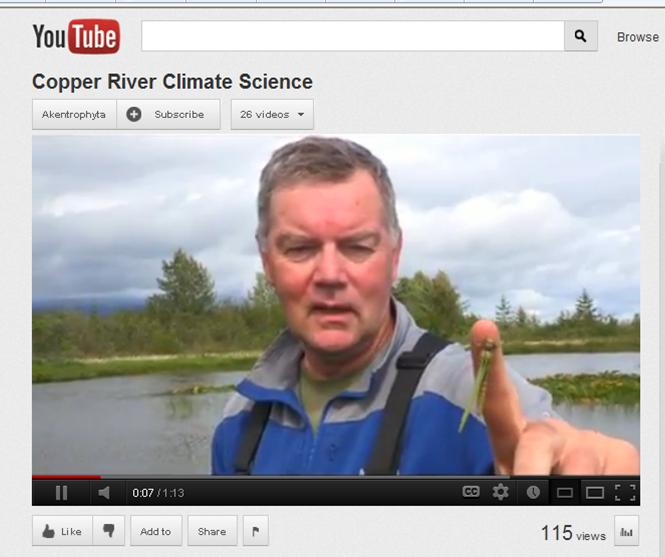
Wildlife & Fish are important and highly-valued components of terrestrial and aquatic ecosystems, providing benefits to both nature and society — including ecological, recreational, economic, and cultural benefits. Existing and emerging threats, such as habitat fragmentation, climate change, and invasive species, are increasingly affecting the ability of our Nation's forests and grasslands to support healthy wildlife and fish populations for future generations.
The ecologically diverse and extensive land base managed by the Forest Service presents a unique opportunity to conduct wildlife and fish research. Over a quarter of Research & Development's 500-plus scientists conduct wildlife and fish research across the United States and Puerto Rico to serve managers and a diverse group of partners. These scientists study the interactions between fish and wildlife, their habitats, environmental disturbance, and land management practices to provide the knowledge and tools that managers need to sustain wildlife and fish populations and habitats. Research findings help protect and enhance fish and wildlife habitats, and minimize or mitigate the effects from such disturbances as fire, urbanization, recreation, disease, and climate change.
Spotlights
Bat Occupancy Probabilities at a Wind Energy Facility
Forest Service R&D scientists have developed models to predict the probability of the presence of bats that echolocate. This model can then be used to inform mitigation activities at wind energy facilities.
Scientist Video - Effects of a Changing Climate on Wildlife
Research scientist, Gordon Reeves, explains his research investigating how the timing of insect emergence affects migrating birds in the Copper River Delta, Alaska (Chugach National Forest). Check out the newly emerged dragonfly on his finger.
At least 40% of the world's economy and 80% of the needs of the poor are derived from biological resources. In addition, the richer the diversity of life, the greater the opportunity for medical discoveries, economic development, and adaptive responses to such new challenges as climate change. The variety of life is our insurance policy. Our own lives and livelihood depend on it.
- Convention on Biological Diversity




